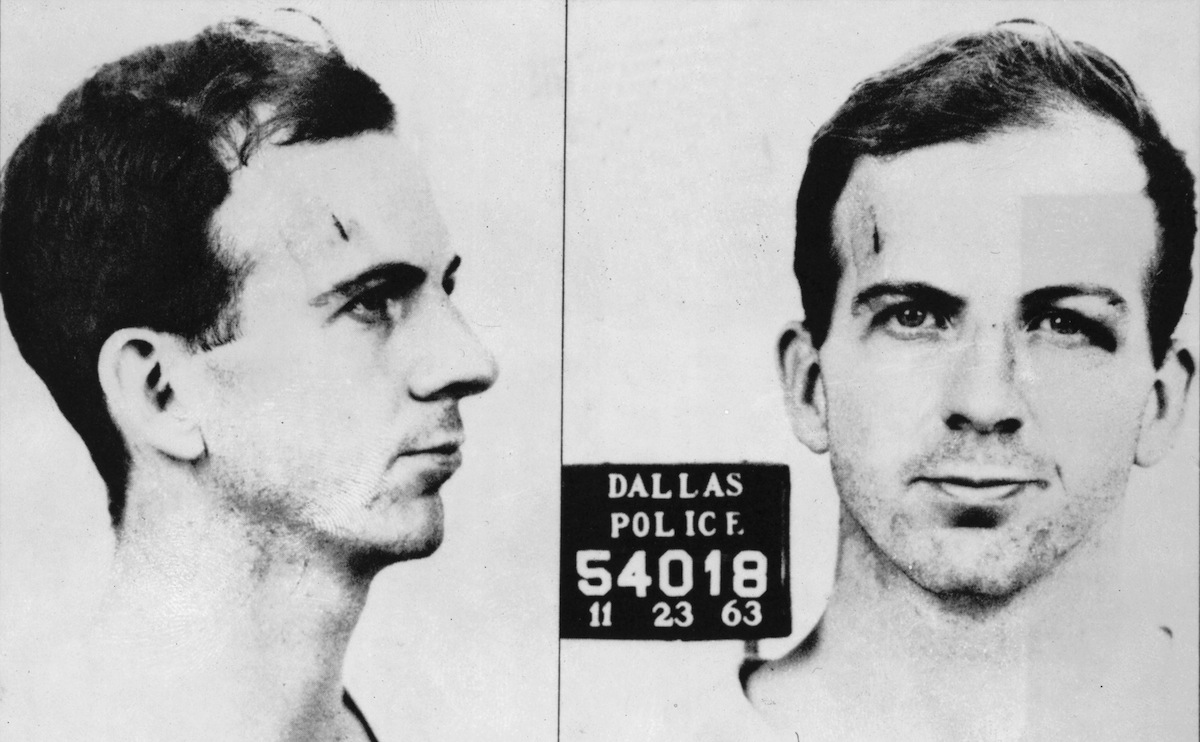
Half a century ago today, the Warren Commission released its comprehensive 888-page report, concluding that Lee Harvey Oswald acted alone in assassinating President John F. Kennedy. Since then, exhaustive investigations, such as those by Gerald Posner (Case Closed, 2002) and especially Vincent Bugliosi (Reclaiming History, 2007) have backed up that original finding: Oswald acted alone.
Nevertheless, according to a 2009 CBS News poll, between 60 and 80 percent of Americans believe that President Kennedy was the victim of a conspiracy; that is, that there was more than one shooter in Dealy Plaza that November day in 1963.
Consider just a few of the many facts that are not in the conspiracy believers’ favor: Oswald’s Carcano bolt-action rifle — with his fingerprints on it — was found on the sixth floor of the Texas School Book Depository building, where he was employed, in a sniper’s nest he built out of boxes that also had his fingerprints on them. Three bullet casings there match what 81% of eyewitnesses in Dealey Plaza reported hearing — three shots. (And tests with this rifle found that three shots are possible in the amount of time he had.) It was the same rifle Oswald purchased by mail order in March 1963. Co-workers saw him on the sixth floor of the Book Depository building shortly before JFK’s motorcade arrived, and saw him exit soon after the assassination. Oswald went home, picked up his pistol and left again, shortly after which he was stopped by Dallas Patrolman J.D. Tippet, whom Oswald shot dead with four bullets, all witnessed by numerous observers. He then fled the scene and ducked into a nearby theater without paying. The police were summoned and Oswald was confronted. He pulled out his revolver and attempted to shoot the first officer but the gun failed and he was arrested, saying, “Well, it is all over now.”
So why, 50 years later, do the conspiracies persist? There are several psychological factors at work:
Cognitive dissonance. Big effects need big causes — we want balance between the size of the cause and the size of the effect. Example: The Holocaust is one of the worst crimes ever committed in history and its cause was the Nazi government, one of the most criminal regimes in history. There’s a balance. JFK was the most powerful political person on the planet, yet he was killed by a lone nut, a nobody living on the margins of a free society. There’s no balance. To reduce this dissonance and balance the scales, people have concocted countless co-conspirators (some 300 total) to stack on the “cause” side of the scale, including the KGB, Communists, radical right-wingers, the CIA, the FBI, the mafia, Castro, pro-Cuban nationalists, the Military Industrial Complex and even Vice-President Johnson (in a coup d’état). We saw a similar effect unfold when Princess Diana died. The cause of her death? Drunk driving, speeding, no seatbelt — but Princesses are not suppose to die of common causes. So, to dissipate the dissonance, conspiratorial cabals, everyone from the Royal family to the MI5 British intelligence agency, were conjectured to have been the real cause.
Anxiety. Psychological research also shows that when people are placed in environments or conditions in which they feel anxiety and a loss of control, they are more likely to see illusory patterns in random noise and to look to conspiracies as explanations for ordinary events. Sociological research has also found that natural disasters such as hurricanes and earthquakes lead people to think that there are conspiratorial forces at work. The assassination of JFK was exceptionally disrupting and anxiety-producing, so it fits the bill.
Randomness. Another psychological factor at work is that the mind abhors randomness. We humans are terrible at understanding chance and probabilities. We find hidden patterns everywhere, even in purposefully random sequences and noise. And yet much of what goes on in life, in politics and in history at large is the product of chance and randomness. By this I do not mean to imply that JFK was killed by a random event, but that Oswald acting alone feels like a random factor when compared to a vast conspiratorial cabal plotting to overthrow the United States government.
Some conspiracy theories are real — Lincoln’s assassination, Watergate — so we should not dismiss them all out of hand without first examining the evidence. But once an unmistakable pattern unfolds before our eyes — as it has, for 50 years straight, in the case of JFK’s lone killer — it’s time to let the President RIP, for this conspiracy theory is DOA. QED.
Michael Shermer is the Publisher of Skeptic magazine (www.skeptic.com), a monthly columnist for Scientific American, and an adjunct professor at Claremont Graduate University and Chapman University. He is the author of Why People Believe Weird Things and The Believing Brain. His next book is The Moral Arc: How Science and Reason Lead Humanity Toward Truth, Justice, and Freedom.
More Must-Reads from TIME
- How Donald Trump Won
- The Best Inventions of 2024
- Why Sleep Is the Key to Living Longer
- Robert Zemeckis Just Wants to Move You
- How to Break 8 Toxic Communication Habits
- Nicola Coughlan Bet on Herself—And Won
- Why Vinegar Is So Good for You
- Meet TIME's Newest Class of Next Generation Leaders
Contact us at letters@time.com